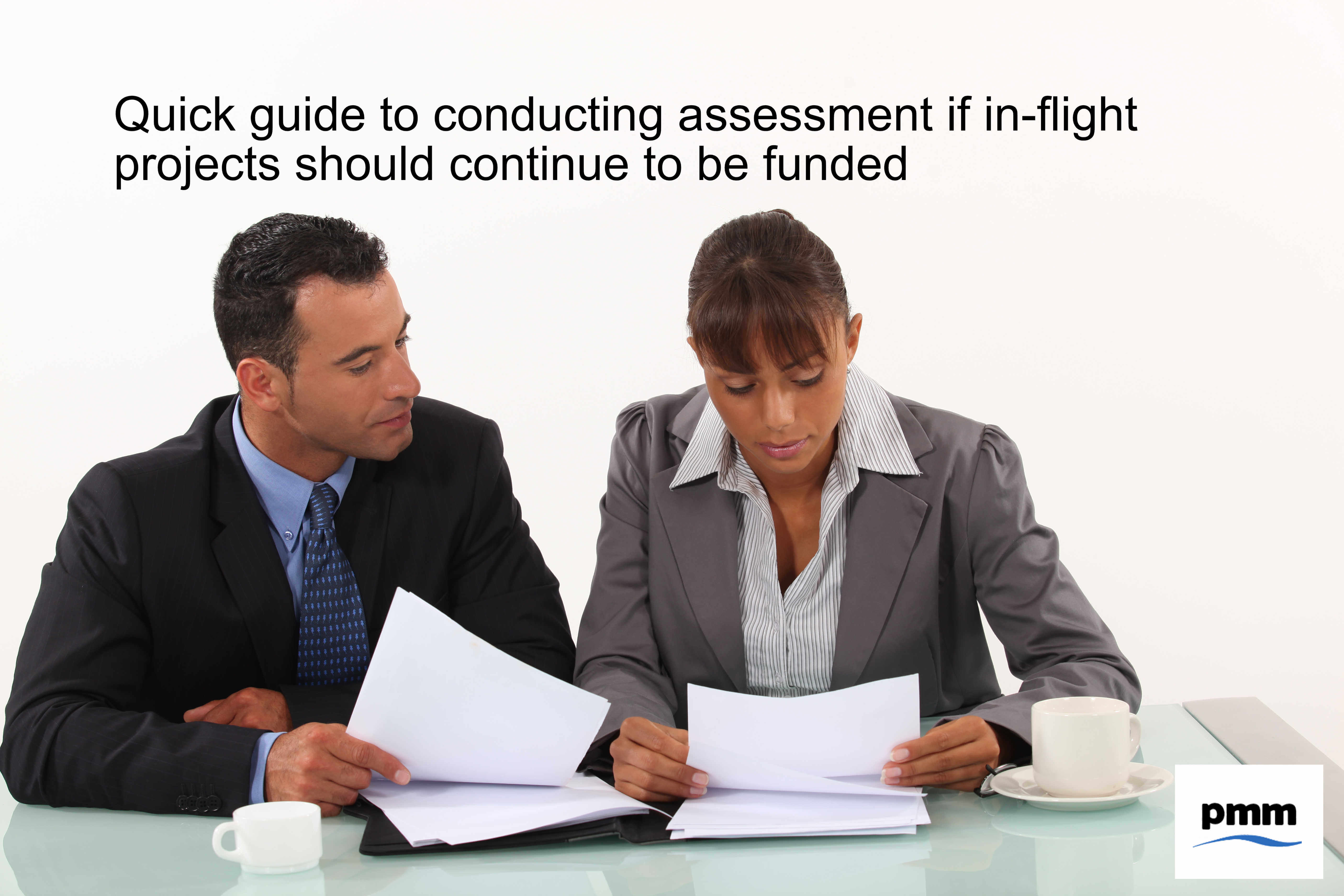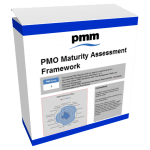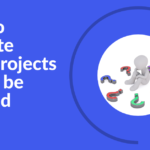At the start of a new year, it is quite common for there to be projects that are still in progress. These are multi year projects and are termed as being “in-flight” i.e. they are active.
Challenge
Unfortunately, just because a project is in-flight, it is assumed that it should continue. This presents a risk as; a number of factors could have changed since the project was started:
- Strategy / objectives of organisation
- Required outcomes
- No longer a demand for the outcomes
- Benefits will take longer / will be reduced
- Costs will be higher
This leads to a very important point:
- Just because a project is in-flight, it does not mean it automatically qualifies for funding to continue.
When assessing the projects to be funded, all projects should be reviewed, new proposals and those that are in-flight.
Solution
The process to address this challenge is relatively simple, a list should be constructed of all new and existing projects with the appropriate information.
See the article series and presentations on Building a project book of work.
Each project is then assessed to see if it should continue based on the current strategy / objectives. This will include considering available budget.
Light-touch Assessment
It is possible to conduct a detailed review to determine what projects should be stopped. However, this needs to be balanced against the cost and time of completing the review.
The sponsor will not thank the PMO if it takes 4 months to be told what projects to stop.
So, the answer can be to conduct a quick and “light-touch” assessment.
Checks
To conduct the quick review, the following questions should be asked:
- Business Case still valid (Yes, No)?
- Is the project mandatory (Yes, No)?
- Budget confidence (High, Medium, Low)?
- Plan confidence (High, Medium, Low)?
- Benefits confidence (High, Medium, Low)?
- Enablement project (Yes, No)?
Template Format
Given the simple nature of the assessment, the template does not need to be more than 1 page.
At the top capture the details of the project:
- Project Name / ID
- Sponsor
- Project Manager
- Project Start & End Data
- Budget Current Year
- Total Project Budget
- Benefits Current Year
- Total Project Benefits
- Date of Assessment
The next part will then have assessment questions:
- Business Case still valid (Yes, No)?
- Is the project mandatory (Yes, No)?
- Budget confidence (High, Medium, Low)?
- Plan confidence (High, Medium, Low)?
- Benefits confidence (High, Medium, Low)?
- Enablement project (Yes, No)?
IMPORTANT: Remember these are suggestions, you can tailor questions that are applicable to your need.
Finally, there should be a section to add a summary of the assessment review and recommendation of if to continue or stop the project.
Process
There are a number of ways the assessment process can be executed:
- Send the template to the project manager to complete and return. The PMO would then complete the assessment recommendation based on the input. The risk is that the project manager may overstate the need / value of the project.
- The PMO can complete based on their knowledge of the project. This provides an impartial review. However, there is a risk that the PMO is not aware of the full details.
- PMO conducts assessment with the project manager. This helps ensure that the assessment captures all salient points in a fair and transparent manner. It should also mean that the project manager will more likely to agree with the recommendation.
Implement Recommendations
The value of conducting the assessments can only be realised if the recommendations are actioned. This means stopping in-flight projects where this is the recommendation.
The PMO must work with the sponsor and project manager to ensure that this step takes place. If not time and budget will be wasted.
For a deeper insight into the timing of project reviews, please see When to mobilise a project review. While this covers project close reviews, the principles on timings can be applied.
Summary
It is important not to assume that all in-flight projects should continue. They must be reviewed on a regular basis with a natural point being the budget cycles.
Using a simple assessment process will allow for action to be taken quickly. This will hopefully minimise the waste of budget and time.






